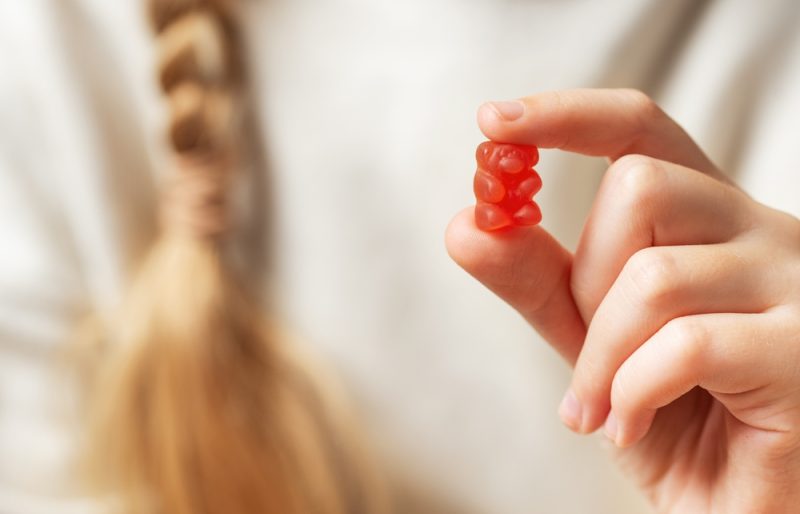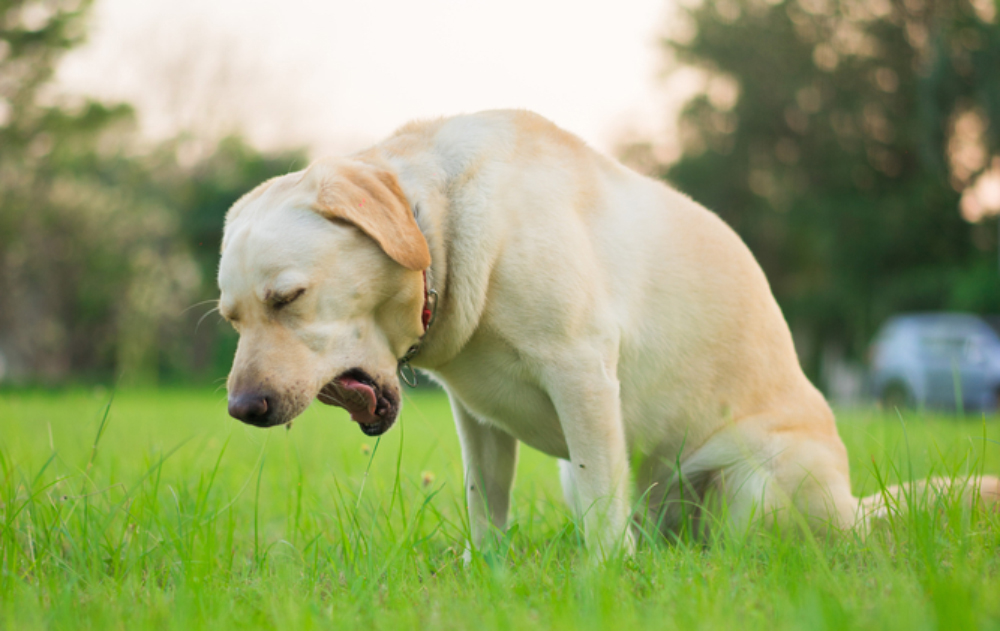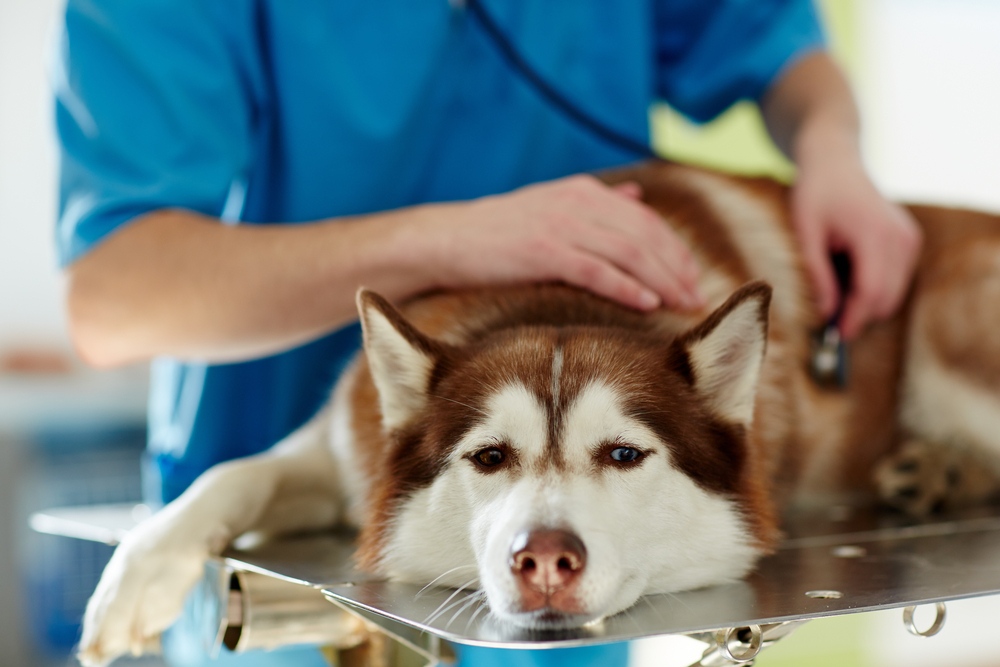
When your dog is begging for food, they don’t care what it is you’re eating; they just want some. However, while they may not care what it is as long as they get some, you should be more discerning when giving people food to your pup. While some things are somewhat okay for them to eat, many are not.
One food in households (particularly common if there are kids around!) is gummy bears, so you may wonder whether it’s alright for dogs to eat these. The answer is no. Depending on what kind of gummy bears your dog eats, it could be toxic, dangerous, or simply unhealthy. Here’s what you should know about canines and gummy bears.


Why Can’t Dogs Eat Gummy Bears?
Why isn’t it safe for dogs to consume gummy bears? The main reason you shouldn’t feed gummy bears to your pup is that gummy bears mostly consist of gelatin and sugar. While gelatin is usually fine for dogs, the sugar is not. Sugar isn’t toxic to canines, but it’s certainly unhealthy for them, and in large quantities or if eaten regularly, it can cause health issues.
Gummy bears can also be dangerous for your pup as they are small enough to pose a choking hazard. If a dog eats a gummy bear without chewing it could become lodged in the esophagus potentially making it difficult for your dog to breathe.




Dangers of Feeding Gummy Bears to Dogs
There are three main dangers to feeding gummy bears to dogs.
Sugar
As we said, sugar isn’t toxic to dogs, so if your pet eats a gummy bear or two, they should be fine.
However, large quantities of sugar or sugar eaten regularly can lead to health consequences for your pup. Eating a few gummy bears may cause an upset stomach consisting of vomiting and diarrhea. If the diarrhea and vomiting are bad enough, a dog could end up severely dehydrated and require hospitalization to restore fluids.
Long-term consumption of sugar can lead to an excess of calories that can pack on pounds, which can result in health problems like diabetes and joint problems. Too much sugar in a dog’s diet can also cause dental issues, especially if they aren’t having their teeth brushed regularly.


Xylitol
If sugar is so bad for dogs, you may think the solution is sugar-free gummy bears. However, sugar-free gummy bears are even worse for your canine companion. Many sugar-free items, including gummy bears, contain an artificial sweetener called xylitol, which is incredibly toxic to dogs.
When dogs consume xylitol, it results in a swift onset of hypoglycemia as it causes blood sugar levels to plummet. This can result in lethargy, tremors, loss of coordination, seizures, and even death. Xylitol can also damage the liver, which could eventually lead to liver failure.
Choking
Finally, as previously mentioned, gummy bears are small enough to pose a choking hazard for canines. The packaging they come in could also be a choking hazard if your dog gets into gummy bears on their own and eats that as well.




What Do I Do if My Dog Ate Gummy Bears?
If your pup gets into the gummy bears on their own, the first thing you should do is figure out if they are sugar-free and contain xylitol. If yes, take your dog to the vet immediately. You don’t want to wait for signs to show up when it comes to xylitol because it may quickly become too late to help your dog!
If gummy bears were the normal kind with sugar, keep a close eye on your dog to see if they begin to exhibit any signs of stomach upset. If they do, but it’s mild, keep them hydrated and as comfortable as possible. If it’s severe, a vet visit may be in order. If your dog ate a large quantity of regular gummy bears, keep a close eye on them, but call your vet to make sure you don’t need to immediately bring your pup in.


Recreational Gummy Bears
As marijuana use becomes legal in more places, there are more and more edibles being sold in gummy form, including gummy bears. This means vets may see an increase in dogs who have consumed these products. While a dog eating a single edible likely won’t be fatal, please don’t let your pup have gummy bears with THC or CBD! These things aren’t dog-friendly and can have serious side effects for your pet (especially if they have too much). Side effects can include drooling, vomiting, incoordination, hyperexcitability, disorientation, tremors, and more.
Keep edibles separate from the regular gummy bears, and ensure they’re safely put away somewhere your dog can’t get to them!


Conclusion
When it comes to dogs and gummy bears, canines shouldn’t have these candies. Sugar isn’t the best for our pets, and sugar-free varieties of gummy bears are even worse for them. These candies are also small enough to pose a choking hazard. If your dog does get into the gummy bears, keep a close eye on them to see if they suffer ill side effects (unless the gummy bears are sugar-free; in that case, take your pup to the vet immediately).
Featured Image Credit: Olena Rudo, Shutterstock



